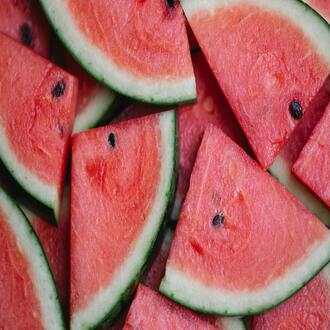Transcription Aspects related to sampling
Testing protocols require special attention, as the results of allergen detection analyses depend to a large extent on them, and they also play a very important role in the verification and continuous validation of allergen management plans.
Samples that are too small or from a single location are not representative samples and are unlikely to provide representative analysis results for the production process. It is therefore necessary that the location and size of all samples collected, including those from intermediate or finished products, be representative.
Sampling should be based on the risk assessment, especially its location and frequency, and these have to be identified in the risk management plan.
Examples of this are equipment used more frequently in production or used in the handling of allergens, such as mixers, mills, etc., which should be sampled more frequently than those components that are separated from each other or represent a low risk of allergen contamination.
Clean utensils, preferably disposable spatulas or spoons, should be used for sampling.
To avoid false positive results due to the use of contaminated sampling equipment or storage containers, samples should be stored in clean, preferably disposable containers.
For the transfer of samples to the laboratory, great attention should be paid to the physical presence of the samples, so that they can be shipped in optimal conditions and avoid spoilage.
Compared to liquid or wet samples, dry samples tend to be less prone to deterioration. Therefore, liquid or wet samples should be shipped in refrigerated vehicles or containers, depending on the expected transport time, while dry samples can be shipped without refrigeration. Types of samples: Generally, the production environment and the specific activity being monitored influence the type of samples to be taken for analysis.
The classification of samples can be as follows:
- Environmental swabs: for the control of residual allergens on food contact surfaces.
- Purge materials or dry cleaning materials: used in control systems where water washing is not suitable.
- Settling plates or air samples: used to control dust removal.
- CIP rinsing - performed on site and used to monitor the efficiency of the cleaning system.
- Finished product: used in combination with other samples of the above types to monitor cleaning effectiveness after cleaning.
Cleaning validation sample: to evaluate the existence of possible homogeneous cross-contamination:
- These samples should be taken before and after the cleaning process and are used to validate the cleaning effect in recurring processes, such as manufacturing changes from a product with the presence of a specific allergen to a product that does not contain that allergen.
- Samples should include the initial product, the cleaning or dry cleaning materials, such as sugar or grease in case water washing does not work, and should also include the resulting product.
- If there is a possibility that allergenic products such as spray or dust may spread beyond the immediate production equipment, the risk areas should be cleaned to stop possible allergen contamination.
- In dry production processes, it may be more appropriate to use settling plates or air control samples to monitor the level of allergen contamination.
- After cleaning, it is necessary to perform a quantitative analysis to demonstrate the efficiency of the cleaning process in reducing allergen levels.
Cleaning validation sample: it is used to evaluate the possible existence of homogeneous cross-contamination:
- It is advisable to be careful with certain cleaning products, as they can sometimes lead to false negative results, due to the fact that they can adversely affect the enzyme-linked immunosorbent assay (ELISA) and polymerase chain reaction (PCR) assay methods of analysis.
- The laboratory should be consulted about t
relative sampling




